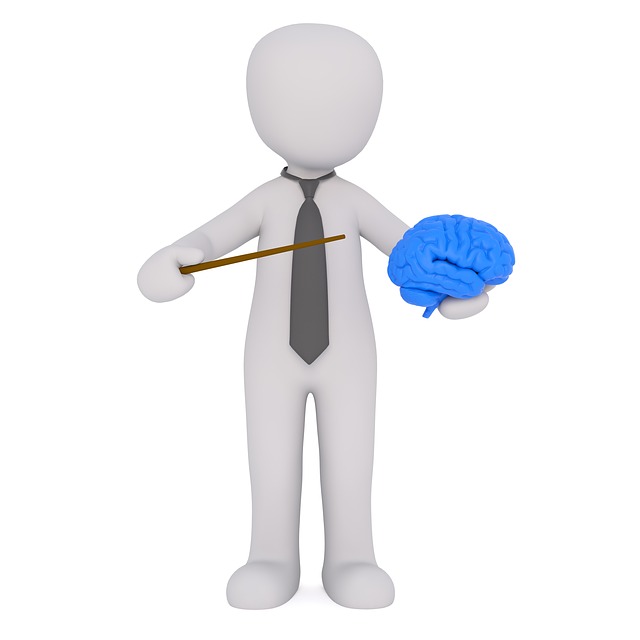How would you like to attend therapy, and potentially not even have to talk during therapy? You don’t have to worry about someone judging you for what you’ve said, or done, or are wanting to do; you can just go and work through all of it without uttering a word? This can be how some experience a new type of therapy called Brainspotting. Now, I’m not saying I wouldn’t do an assessment when someone first comes in, but once that part is done, we can get into some of the Brainspotting experiences and you may not have to say anything!
I attended two trainings this year where I learned about this therapy and I’ll be honest, I thought was kind of weird, but the more I learned and experienced with Brainspotting; the more it made sense. Okay, Brainspotting is an odd word, so let’s start with trying to explain what it is in a nutshell. The premise behind Brainspotting is “where you look affects how you feel,” (Grand, 2013). Have you ever noticed yourself staring off into space, or seen others do the same and it seems like they are somewhere else? That can potentially be one type of Brainspot, called a Gazespot. What we are doing is using the Brainspot to affect how we feel! Essentially, Brainspotting harnesses the power of the part of our brain (what I call the Lizard Brain ) that can process much faster than the part of our brain we use in normal talk therapy, which is the Prefrontal Cortex (our cognitive thoughts we are aware of), through our eyes. It also allows us to utilize both the left and right sides of our brain.

There are two other types of Brainspots we can use. One of them is called an “activation spot,” where we become more activated about a certain event, thought, image, etc. It is the spot where we look, and we feel more intensely. I usually call it the “oh crap” part of the emotional wave. The 3rd type of Brainspot is called a “resource spot.” This type of spot is where we look when we want to feel calm and grounded. I usually liken this to how I feel when I’m on a beach somewhere watching the sunset. We all somewhat already do this naturally, by gazing at a certain spot. For example, If you sit at your desk at work, you may have certain places you look when someone interrupts you that you glance at for a few milliseconds, and then you turn around to talk with them and are somewhat calmer from having looked at that spot.

Another component to this type of therapy is connecting us back with our bodies. For example, we sometimes don’t like how we feel in our bodies because, really, who wants to feel like crap? What we end up doing sometimes is try not to feel what’s going on in our bodies as a defense mechanism, which can be a good thing, until it’s not. One of the things I often ask clients is where they notice the feeling in their body to reconnect themselves with themselves as we go through the process. (Yes, I realize how new-age-y this sounds, but I wouldn’t be writing about it if it didn’t work).

If you will humor me for just a moment you can see what I mean. If you want, think of something that is activating for you; whether that’s an argument you’ve had with a loved one, someone cut you off in traffic on the way to work this morning, or something frustrating that happened at work. Okay, have it? Now, close your eyes and when you open them, don’t think about it, just let your eyes go where they want to go and hold them there. When you do, just notice; do you feel more activated, more annoyed, frustrated, or “oh crap”? Or do you feel calmer and more grounded? This is just a quick example of how natural and powerful Brainspotting is. Yes, there is way more to it, and I certainly don’t pretend to know everything that goes into it because I am still learning, but it’s a start.
I am not saying that we will do Brainspotting once, feel fantastic and be done, but it is more like accessing the supercomputer already inside of us, and we ride out the waves of whatever we notice. Yes, we can use Brainspotting for trauma therapy, but we can really use it for just anything that triggers us, or activates, us emotionally, AND we potentially don’t even have to talk! One of my favorite aspects of Brainspotting, besides not having to talk, is the idea that the client is doing all the work and allowing me to witness a beautiful process take place where the clients heal themselves.

If you would like more information about Brainspotting, I’d recommend reading Dr. David Grand’s book; Brainspotting, The Revolutionary New Therapy for Rapid and Effective Change. There are also a couple of websites with more information on them: brainspottingindy.org and brainspotting.com. Also, please reach out to me via our contact page if you are interested in learning more, or to see if Brainspotting is right for you. Thank you!


